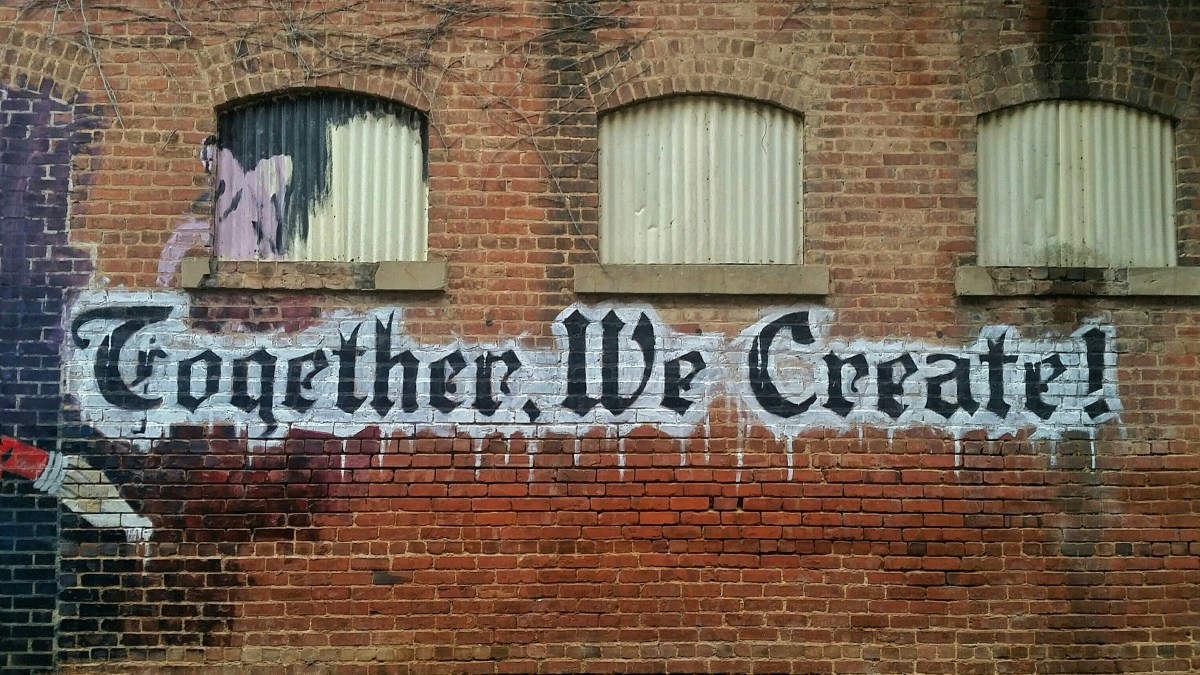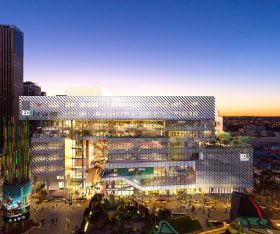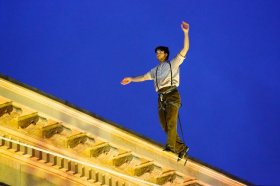A community can be any geographically connected group of people, cultural group, young people or anyone with a shared language, interest, campaign or lived experience.
It’s important to remember that most people belong to more than one.
What do we mean by ‘community engaged practice’?
‘Community engaged practice’ is, at its simplest, a way of talking about how we work with communities.
Importantly, we rarely enter these sorts of collaborations with the idea that it is short term or a one-off. Community engaged practice is about our relationships with communities.
Process makes perfect
Community engaged practice is an effective way to create great creative and cultural outcomes with artists, practitioners and communities.
Start by thinking about the design of your project or experience in the following ways:
- Invitation. You don’t have to wait for an invitation to start discussing an idea for a project, but you must be invited to continue to develop it. Ask the questions: Is this idea something that you would like to explore? Is this something we could do together?
- Research. What has come before this conversation? It’s unlikely you will be the first person, project or idea. Which organisations have a history of working in this place/space? Understand the current context as best you can without having to ask all of the same questions of the community members with whom you are working.
- Design. Some practitioners will design the project in collaboration with artists, participants and project partners, while others will design a project themselves and take it to communities for input. Both ways are appropriate at different times. Ask people how they’d like to be involved and go from there.
- Delivery. Best-laid plans can change. The delivery stage needs to be the most flexible part of the process. Be open to change and redirection at all points.
- Outcome. The most important thing is that the outcome is something of which everyone can be proud and that it has been given the time and expertise to become the best it can be. If the relationship or trust is damaged in pursuit of the outcome, this is considered an #EpicFail.
- Reflection. Celebrate successes, find out if something hasn’t gone well and learn how to adapt when you next do something similar.
Read: Perspectives on the concept, craft and currency of community engagement
What community engaged practice is not:
✘ a one-off workshop to build audiences
✘ unpaid labour where communities are asked to share skills, expertise, intellectual or creative or cultural property without any remuneration or reciprocity
✘ an online focus group or survey
✘ an expert/specialist-led experience, such as a residency or class where community members may “learn a new skill”, or
✘ an activity designed to build a database or contact list.
Read: Community choir battling loneliness and isolation
Things to keep in mind
- Listen. Often, this includes listening to things that are not being said. Non-verbal cues are also important to observe. Be patient.
- Maintain an interest and commitment to people being the visible “face” of the project. This means you need to be happy to take a back seat and make sure other people have the opportunity to speak first.
- Have a clear agenda. There are many reasons for using a community-engaged framework. Is it because it is simply your job? Or because you received investment for a “community engagement” element in the project? Is it your organisation’s mission? Or are you trying to move into a more engaged practice framework for your next work? Whatever the reason, be clear and honest.
- Remember that you’re being paid. This “payment” could be through a grant or organisation, or even through your choice to volunteer on a project. It doesn’t matter what or how much you’re getting paid. You are still receiving some kind of benefit to lead or work on an initiative. This will not be the case for the people with whom you are working (unless they are being paid to participate). This can create a power imbalance, so it is important to be clear about what this means for all stakeholders.
- Hone your facilitation and communication skills. These develop over time, but you’ll need to be a great communicator to be a great facilitator.
- Be flexible. Things will change and shift throughout the project. Whether you’re dealing with a change in direction, location, timeline or creative team, flexibility is key.
- Allow enough time. Collaboration always takes more time than you anticipate. This is particularly important when engaging with a new community. Take the time; meet the right people; make the connections that will develop the idea. This means it can be difficult to be part of multiple community-engaged projects at the same time (unless you are part of an organisation or team).
- Develop excellent organisational skills. If you’re not organised, your project is unlikely to be a good experience for you or the communities with which you are working. It is very important to respect the time of the people participating in the project.
- Know yourself. What are you good at? What are your flaws? What are your biases and how do they impact the way you work? Are you racially literate and culturally competent? What are the skills and capabilities you bring to this project and what are your gaps?
- Ask, don’t assume. Making assumptions is one of the ways we cut corners in community-engaged contexts. Even if you have been working with a group of artists or communities for a long time, it’s important that you continue to ask questions and clarify that you are on the right track.
- Reflect. Make sure you take the time to evaluate throughout, to reflect and assess. What would you do differently? What worked well? Celebrate the successes and leave the door open for the next conversation.
The above is an extract from The Relationship is the Project – A guide to working with communities, edited by Jade Lillie and Kate Larsen, with Cara Kirkwood and Jax Brown, to be published by New South on 1 March 2024.





